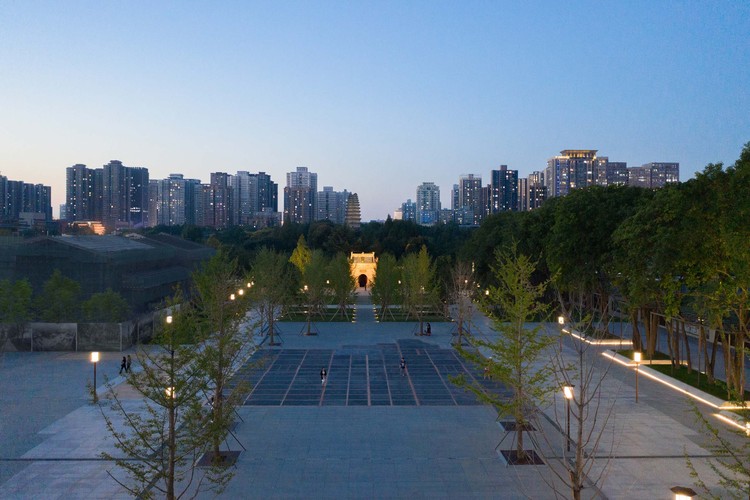
-
Architects: AECOM
- Area: 88500 m²
- Year: 2021
-
Photographs:Chill Shine
-
Manufacturers: Xi'an Weiyang District Jianda Building Materials Distribution Department
-
Lead Architects: Lee Parks, Yu Hai, Yue Pan

Design Background. The Small Wild Goose Pagoda in Xi’an was built in the Jinglong period of the Tang Dynasty. The thousand-year-old pagoda records the cultural memory of Chang’an City. However, the area where it is located has gradually declined from the historically prosperous core of the Tang Dynasty capital to an old urban area that is not in harmony with the development of surrounding modern communities. Therefore, how to balance urban development, urban regeneration, and the protection of historical and cultural heritage has become the first priority of design.




















































